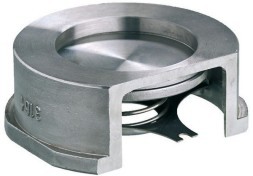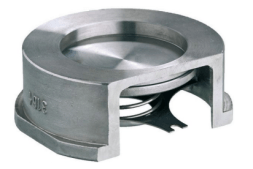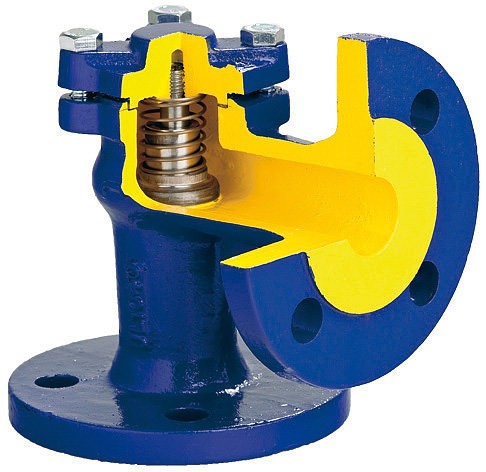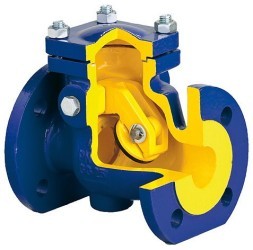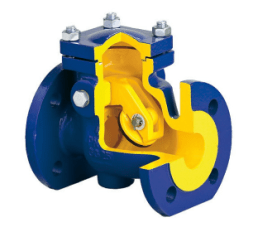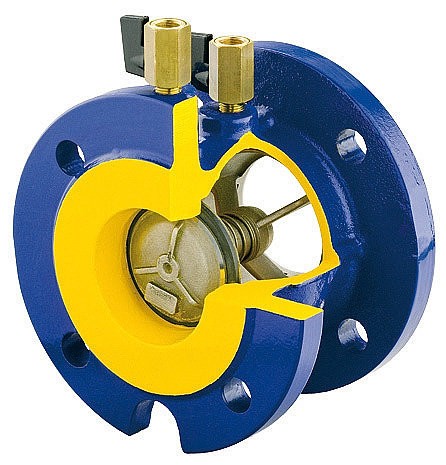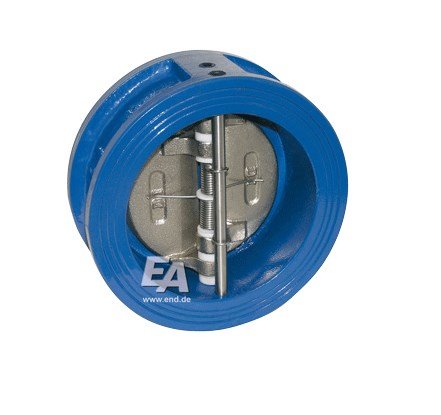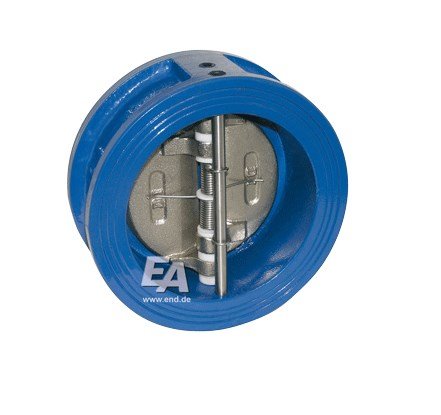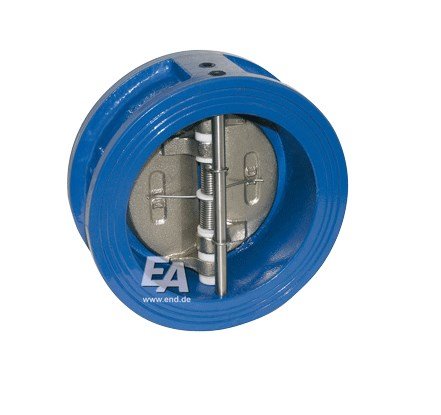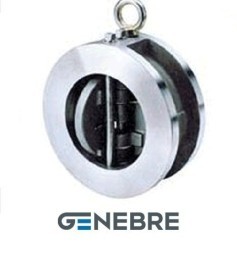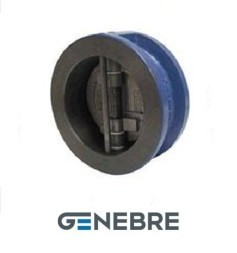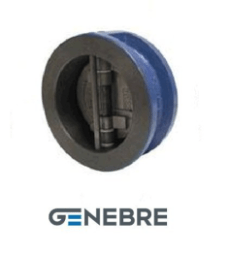Check check valves
Check valves on guard of changing the flow direction of the medium
The check valve is referred to as a type of protective pipeline fittings designed to prevent changes in the flow direction of the medium in the technological system.
Check valves allow the medium to flow in one direction and prevent it from moving in the opposite direction, while acting automatically and being a direct-acting valve. With the help of reverse fittings, various equipment, pipelines, pumps and pressure vessels are protected, and it is also possible to significantly limit the flow of the working medium from the system when its section is destroyed. Check valves are divided into several types according to their design: rotary, lifting, ball, plunger, etc.
The rotary check valve has a shut-off element that rotates around a horizontal axis located above the center of the valve seat. Rotary check valves, in turn, are divided into simple and non-shock valves. In simple valves, the axis of rotation of the locking element is carried out beyond the throughhole, and in non-shock valves, the axis crosses the throughhole and is located above its center.
Rotary check valves can be single- and multi-disc. The lifting check valve has a shut-off element that performs a reciprocating motion perpendicular to the direction of movement of the working medium in the pipeline. Lifting check valves are divided into spring-loaded and spring-free.
Most check valves can be installed on the pipeline in a vertical and horizontal position, but only taking into account the direction of flow of the working medium (usually indicated on the valve body by an arrow). Check valves can be made of various materials: carbon steel, stainless steel, bronze, cast iron, etc.

